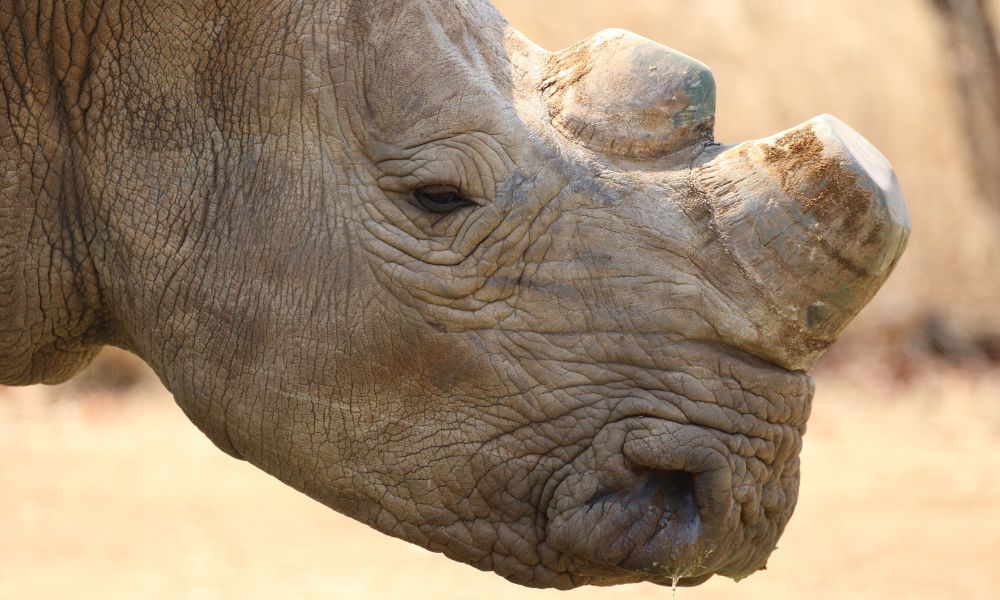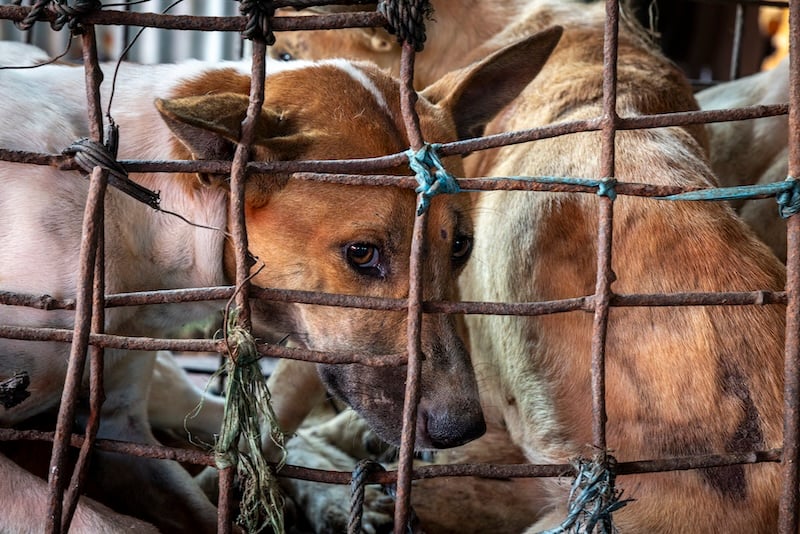Even with millions spent annually on AI cameras, helicopters, ranger patrols, and other “reactive” measures in South African reserves, researchers have discovered that these efforts have had little impact on reducing rhino poaching.
However, the findings also revealed that proactively dehorning these majestic creatures can dramatically lessen their risk of being targeted.
The study, which focused on the Greater Kruger region — where a quarter of Africa’s rhino population resides — showed that dehorning led to a 78% drop in poaching, yet made up only 1.2% of the total protection spending.
“It is a big part of what a rhino is, having a horn,” said Tim Kuiper, the study’s lead author. “So having to remove it is kind of a necessary evil, if I can put it that way. But it’s very effective. There is no doubt that it saved hundreds of rhinos’ lives.”
Still, dehorning isn’t foolproof, as some rhinos were poached even after the procedure — horn stumps can still be used — and their horns grow back.
According to Kuiper, the most effective approach may be to view dehorning as a temporary measure that creates an opportunity to tackle the root causes of poaching — including demand for rhino horn, economic disparity, insider corruption, organized crime, and weak legal enforcement.
Some of his recommended strategies focus on involving local communities in conservation efforts, improving support for rangers, and using intelligence to dismantle international crime networks.
These iconic animals are fighting for survival, and their future depends on our collective will to act.
Lady Freethinker is grateful to the researchers and frontline defenders working to protect rhinos — and urges the development of lasting, humane strategies that protect rhinos without stripping them of their horns.








